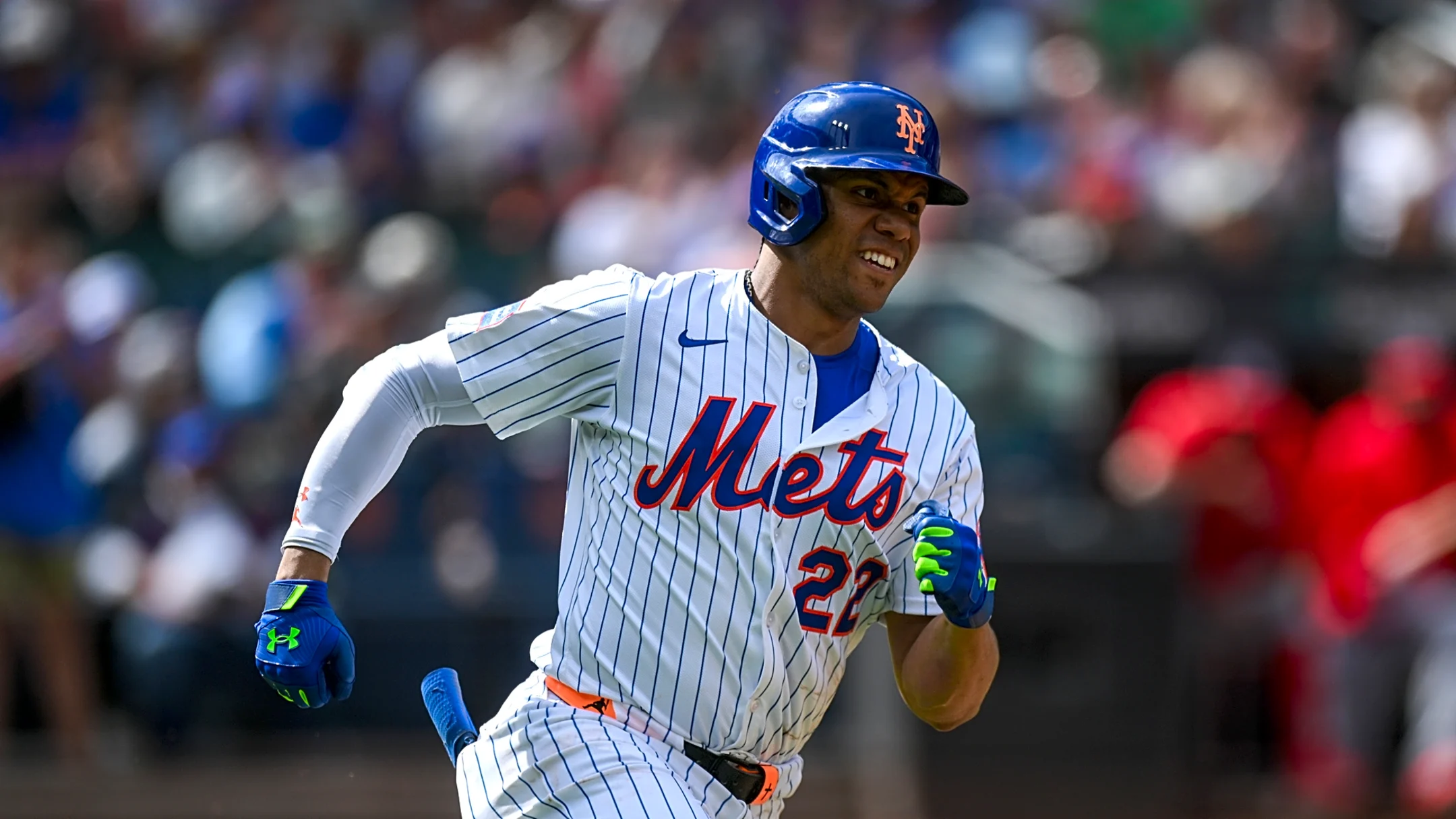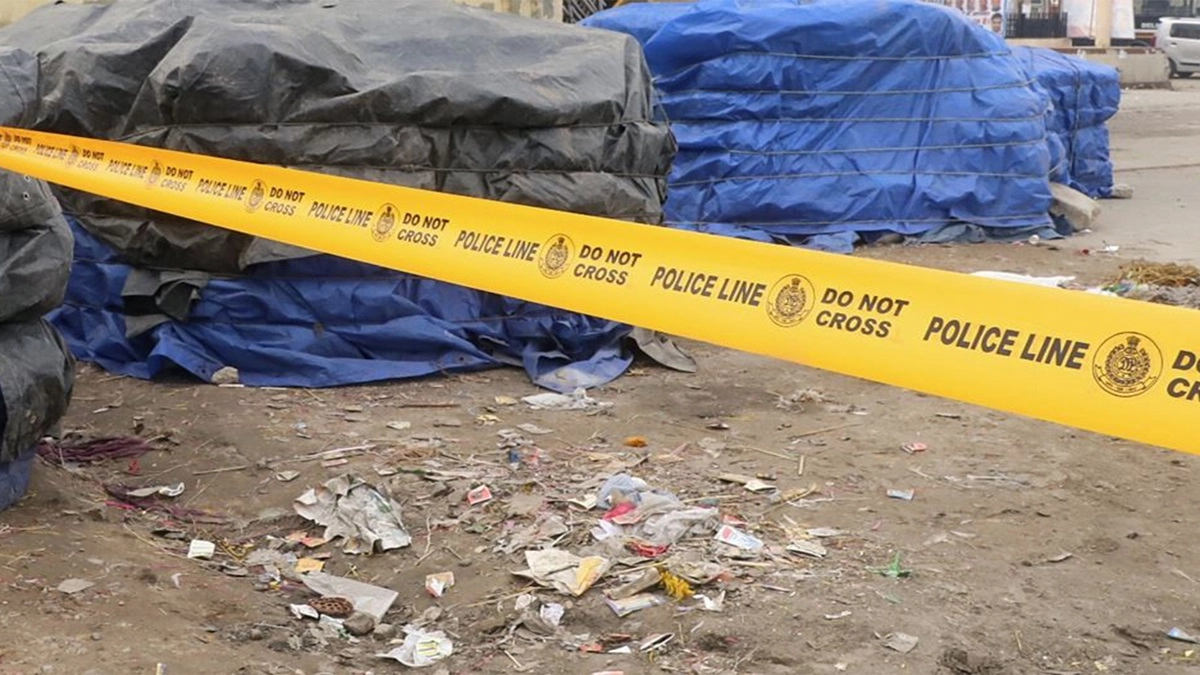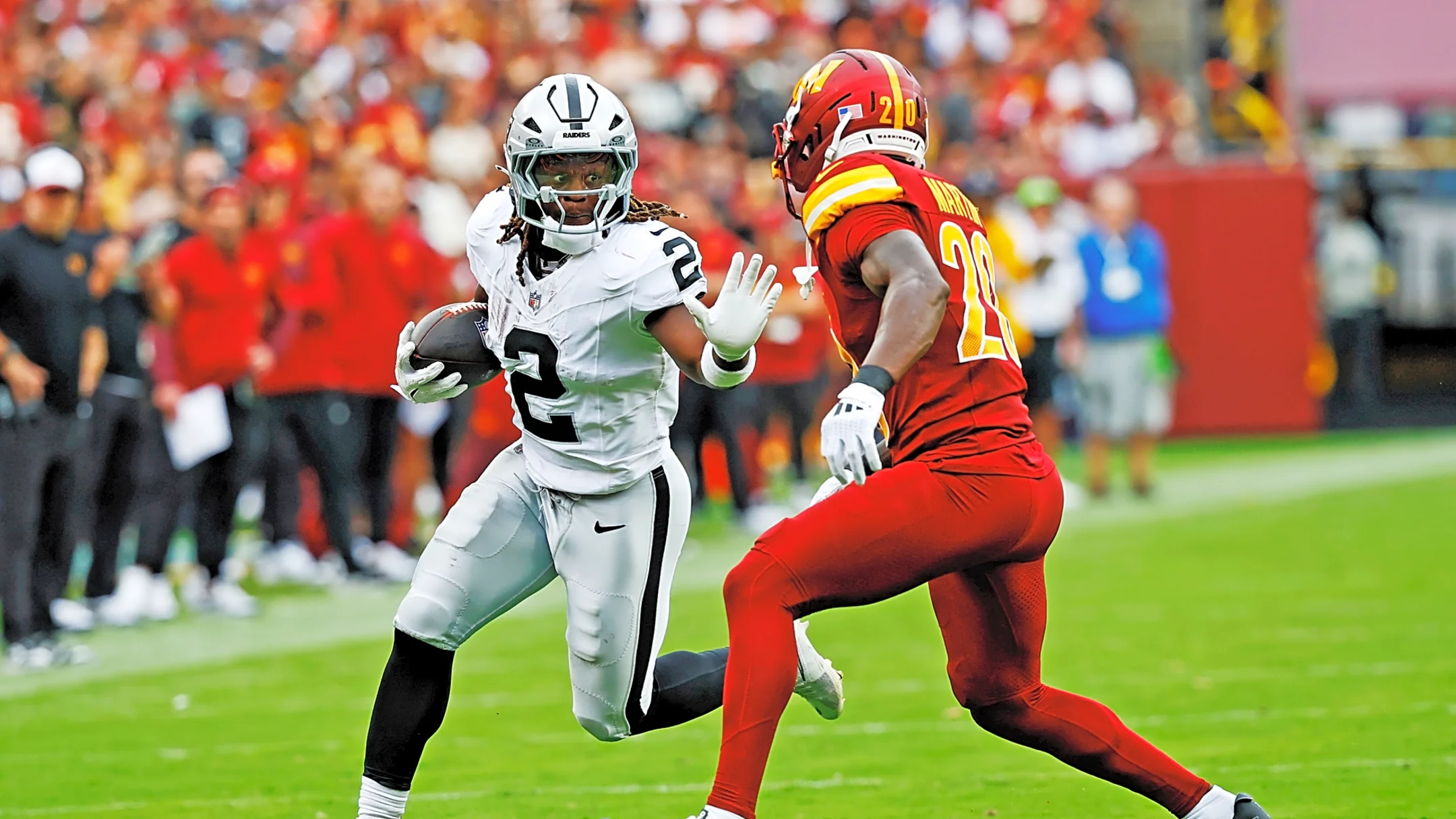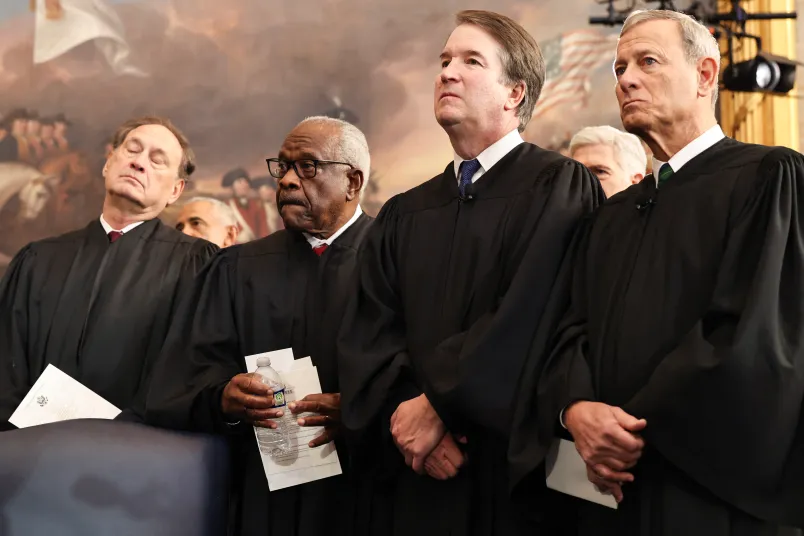Copyright yardbarker

The New York Mets entered the 2025 season with sky-high expectations. They were coming off a run to Game 6 in the NLCS in 2024, and they added the top free agent on the market in Juan Soto. A team on the rise, landing one of the very best players in all of baseball. Early on, the Mets more than lived up to the hype, as they had the best record in baseball through 60 games, posting a 45-25 record. New York was being carried by their pitching staff, which far exceeded pre-season expectations. The Mets were getting standout performances up and down their rotation from David Peterson, who was an All-Star, Clay Holmes in his first year as a starting pitching, and Tylor Megill and Griffin Canning, who each were in the midst of career years. The best of the bunch was Kodai Senga, who pitched to a 1.47 ERA across his first 13 starts, looking the part of a true ace. Unfortunately for the Mets, Senga went down with a hamstring injury in the middle of June, and it had a domino effect that crippled their rotation. Shortly after Senga hit the IL, Megill and Canning each did as well. For Canning, a torn Achilles ended his season. For Megill, arm troubles sidelined him for months, then upon making an attempt at a return, his elbow gave out and required Tommy John surgery. The Mets’ rotation could never find its footing again, and what was the best team in baseball prior to June 12th, the day Senga went down, was one of the worst in baseball after it. For a team with incredibly high expectations, which bought a lot of pieces at the deadline, things just did not work out for the 2025 Mets. In a year where 84 wins would have been enough to make it to the playoffs, the Mets failed to even reach that total, getting eliminated by the Reds via tiebreaker on the last day of the season. What can the Mets learn from their disappointing 2025 campaign that could help them in the future? Let’s dive into some takeaways and lessons learned from Mets baseball in 2025. 1. Juan Soto Was Worth Every Penny Early on in the 2025 season, no story was bigger to follow with the Mets than Juan Soto’s first year on a new side of town. After an outstanding 2024 campaign with the Yankees netted Soto the richest deal in MLB history, a 15-year, $765 million deal, all eyes were on Soto to see if he would do the impossible… Live up to what is an absurd contract. Yet, despite the lofty bar of a $51 million AVV, Soto was worth every penny for the Mets in 2025. A very publicized slow start left Soto on the outside looking in from being an All-Star. Even though his numbers were certainly All-Star worthy by the break, and only got better, as Soto finished the season with a career-best 43 home runs and a whopping 38 stolen bases. Nobody had a 30-30 season on their Bingo card for Soto, as his career-high was previously 12 stolen bases in a given season (a mark he hit twice, in 2019 and 2023). Soto took that previous career-high and more than tripled it, coming just two stolen bases shy of the seventh 40-40 season in MLB history. By wRC+, Soto was the 5th-best hitter in MLB in 2025. His 5.8 fWAR ranked 11th. Comparing Soto’s 2025 season to 2024, it is clear that his first year in the Bronx was better than his first year in Queens, but Juan has 14 more years with the Mets, and his best baseball is still ahead of him. Soto is never going to be a strong defensive outfielder, and he very well may never sniff even 30 stolen bases again, but his bat isn’t going anywhere anytime soon. The Mets have one of the best three hitters in baseball, and there is every chance that in 2026, Soto will be better than Aaron Judge and Shohei Ohtani and be the best hitter on the planet for a season. That is the type of talent the Mets signed, giving them one of the best building blocks in baseball for the next decade plus. 2. Pete Alonso and Edwin Diaz Were Not the Problem When looking at the Mets impending free agents, two names stand out above all the rest. Fan-favorites Pete Alonso and Edwin Diaz. These two players are set to hit the open market, giving the Mets some tough decisions to make this winter. Coming off a season where the team failed to make the playoffs, there may be a natural inclination to shake up the roster. But losing two of your best players is not a wise way to do it. By ERA, only Aroldis Chapman was better than Edwin Diaz at run prevention out of the pen, as Diaz’s 1.63 ERA was the second-best mark in baseball. The Mets closer saved 28 games and, for the second year in a row, struck out 38% of the batters he faced. Diaz held opposing batters to a .162 batting average and posted 0.87 WHIP, which is the third time in his career he has kept his WHIP below 0.90 (an elite mark). After a relative down-year in 2024, Diaz bounced back to being one of the best closers in all of baseball, just in time to exercise the third-year opt-out in the five-year, $102 million deal he signed after his dominant 2022 season. Pete Alonso followed a similar arch to Diaz, as he, too, had a down year in 2024. Only to have one of the better seasons of his career in 2025. Having returned on a two-year, $54 million deal, with the second year being a $24 million player option, Alonso bet big on himself and delivered. After two-straight years where Alonso’s wRC+ hovering around 120, the Mets slugger boosted that back over 140 again in 2025. This marks the third time in his career where Alonso finished 40% better than league average by wRC+, and was also his third season clearing 120 RBIs. Alonso was a more complete hitter in 2025, setting a career-high with 41 doubles and a career-best .272 batting average. All of his data improved as well, as Alonso raised his average exit velocity from 89.8 MPH to 93.5 MPH. His HardHit rate spiked 8% from 46.4% to 54.4%. Now set to hit the open market without being burdened by the qualifying offer, Alonso stands a better chance of getting some real interest from other teams, which could force the Mets’ hand on giving him a long-term deal. It is not going to be cheap, but the Mets may not have a choice other than to pay whatever it takes to retain both Alonso and Diaz, as replacing them would be an arduous task. 3. The New York Mets Need an Ace Enough with the positives, we are talking about a team that had an embarrassing collapse out of the playoff picture, failing to reach the 84 wins required to punch their ticket. The Mets’ season ended in pitiful fashion, and largely due to one problem. They did not have enough starting pitching. Particularly, front-line starting pitching. In 2024, the Mets made it to Game 6 of the NLCS, and did so without a true ace. They were able to make that run because they got incredible production top-to-bottom in their rotation from June 1st on, as Sean Manaea, Luis Severino, Jose Quintana, and David Peterson collectively exceeded expectations. No one more so than Manaea, who truly looked the part of an ace, even beating the Dodgers in Game 2 of the NLCS. The Mets choose to re-sign Manaea to a three-year, $75 million deal last winter, but they let Severino and Quintana walk, replacing them with Frankie Montas, Clay Holmes and Griffin Canning. Montas was a reclamation project but one that came with an expensive $34 million price tag on a two-year deal. Canning was reclamation project signed to a modest $4.25 million salary. Canning was great for the Mets, pitching to a 3.77 ERA in 16 starts, but unfortunately his season was cut short when he tore his Achilles at the end of June. Montas, on the other hand, missed nearly three months at the start of the season due to a lat injury, then went down needing Tommy John surgery. Montas pitched to a 6.28 ERA in 38 2/3 innings in between injuries, and now is on the books for 2026 but unlikely to pitch. Mananea missed the first three months of the season as well, returning to the mound in the final game before the All-Star break. The 33-year-old never got comfortable, as he pitched to a 5.64 ERA across only 60 2/3 IP in 15 appearances. Clay Holmes was the best offseason acquisition the Mets made, as the former closer was outstanding in his first full season as a starter. In fact, he was the Mets most consistent starting pitcher, holding down a spot in the rotation all season and pitching to a 3.53 ERA in 165 2/3 IP. With Canning and Holmes, the Mets proved they are still good and identifying and getting the most out of undervalued pitchers, but they can’t rely on that ability to a fault. Sure, if Manaea was healthy all year, or if Kodai Senga never got hurt and was able to finish his season strong, the Mets’ need for a true ace would not have been so pronounced. Still, the memory of the 2025 Mets is going to be a desperate team fighting for their playoff lives in September with rookie Nolan McLean stepping into their ace role because no one else was able to do it. McLean will be back for a full season in 2026, giving the Mets a shot at a true homegrown ace, but they can’t count on that if they want to compete with the likes of the Dodgers and Phillies atop the National League. This rotation needs an alpha. We will see if they land one this offseason. 4. Sometimes You Have to Make Trades That Hurt If you rewind the clock back to August 1st, the New York Mets were being praised for how they handled the trade deadline. The Mets were seen as the team that was able to improve their big league roster the most without giving up any of their best prospects. The Mets acquired two of the top relievers available in Tyler Rogers and Ryan Helsley, while also picking up a hard-throwing lefty reliever in Gregory Soto and a new starting center fielder in Cedric Mullins. The most notable prospects the Mets traded came in the Rogers trade, with Drew Gilbert and Blade Tidwell heading to the Giants. Ironically enough, both Gilbert and Tidwell played College Baseball for Giants’ new skipper Tony Vitello, making the deal even more of a home run for San Francisco in retrospect. But for the Mets, trading Gilbert and Tidwell was not much of a hit to their system. Tidwell made his debut for the Mets in 2025, being added to the 40-man roster ahead of McLean, Brandon Sproat and Jonah Tong. It was clear that all three of the Mets top pitching prospects would be ahead of Tidwell in the pecking order moving forward, making him expendable for New York. The same was true with Gilbert, who would have had to be protected for the Rule-5 Draft this winter, and would have trailed behind top prospect Carson Benge, as well as even up-and-comer AJ Ewing among the Mets top outfield prospects. Along with Tidwell and Gilbert, the Mets traded a serviceable reliever in Jose Butto in the Rogers trade, and dealt a talented infield prospect in Jesus Baez as the headliner in the Ryan Helsley trade. To pull of the rest of their trades, it took seven other pitchers from the Mets system, most of which being arms that project to be relievers. The Mets were able to leverage their ability to manufacture pitching in their farm system, and made a series of trades that conceivably made them better in 2025, without significantly hurting their system for 2026 and beyond. Getting through the deadline with McLean, Tong, Sproat, Benge, and Jett Williams all still with the organization was protecting the top five prospects in the Mets system. Add in Ewing, Jacob Reimer and Ryan Clifford and the Mets really held onto all the pieces that would have really hurt to trade. Obviously, hindsight is 20-20, but the Mets could have found themselves in a much better position had they made a trade or two that hurt, instead of making deals only on their terms. If the Mets traded for Jhoan Duran instead of Ryan Helsley, they probably would have won at least the one additional game that was required to make the playoffs. With a true lockdown duo of Diaz and Duran, the Mets would have been a much better team down the stretch. Who knows what it would have taken to pry Luis Robert from the White Sox, a move the Mets definitely tried to make. But had they pulled off a deal instead of trading for Mullins, could Robert have been the difference-maker that helped the Mets go on a deep run? We will never know, but it is fair to wonder. The Mets made prudent decisions at the trade deadline that didn’t work out. Ultimately fans should want their team to make wise baseball decisions based on market value. At the same time, sometimes you need to throw caution to the wind and get the best player you can to win now. If there is one lesson the Mets front office should have learned by how things unfolded at the deadline, it is that you can’t be too selective when you are in win-now mode. 5. Farm System Offers a Bright Future We will end things were we started, on a positive note. The New York Mets have one of the best farm systems in baseball, with a handful of top 100 prospects who are ready to soon make a big league impact. We already saw the beginning with McLean, Tong and Sproat, and another former top 100 arm is on the mend too, as Christian Scott is on target to make a healthy return in Spring Training. Between those four arms, the Mets have plenty of up-and-coming starter depth for their MLB rotation. They also have two top-30 prospects in baseball with Carson Benge and Jett Williams, who each finished the year in Triple-A, and could make a big league impact as soon as even Opening Day. It is more likely that Benge and Williams need a bit more seasoning in Triple-A to start the year, but with potential vacancies in center field and at second base, the Mets can begin to prepare for a future where their top prospects fill those positions up the middle, with both slated to make their debuts at some point in 2026. In Double-A, the Mets have two more top-100 talents in third baseman Jacob Reimer and center fielder AJ Ewing. They also have a bevy of exciting arms, like Jack Wenniger, Jonathan Santucci and Will Watson, all of which saw their stock rise in a big way in 2025. The Mets have a good enough system to make any trade they need to this winter, and they are gearing up to be players at trade deadlines for years to comes with the current state of their farm. Between having one of the best systems in baseball and one of the best tandems of superstars with Soto and Francisco Lindor, the Mets have all the makings of a team that can become a winner for a long time in the NL East.



